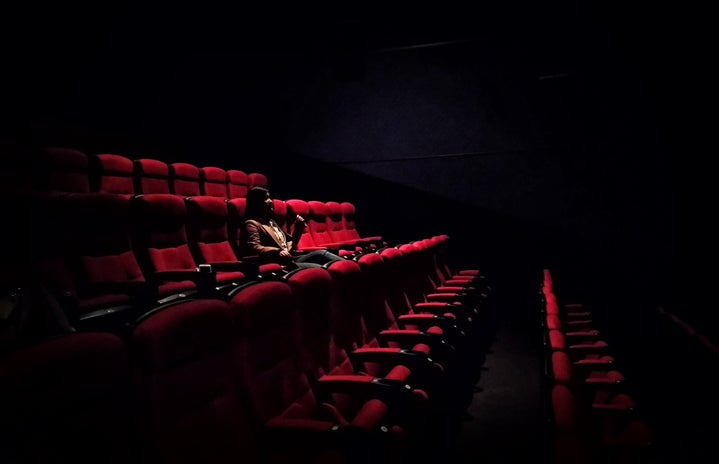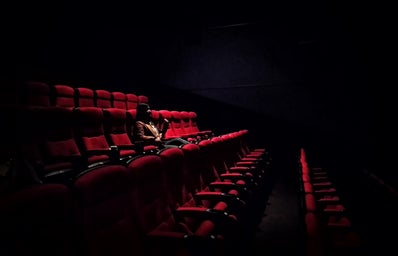I have always felt a sense of homecoming when walking through the doors of a theatre. Whether in the dusty corners of dressing rooms, the cramped buzzing energy of the wings, or the plush seats of the audience, the theatre holds a promised sense of connectivity. There would always be the eager anticipation of the overture, the stomach-dropping moment of the first entrance, and the electric adrenaline of the applause. Until one day there wasn’t. Theatre was suddenly impossible. I felt – as I’m sure many others did – directionless. WIthout the ritualistic rhythm of creativity that the St Andrews theatre scene continuously harbored every semester, I was at a loss for how to fill my time. There was a sense of urgency and hopelessness; people need art the most in times like these, but how can you create when everything has been taken away?
Soon, an upsurge of online theatre began to crowd email inboxes around the world, with promises of a “normal-ish” theatrical experience right from the comfort of your own home. And as they tend to do, these productions evolved. What began as a trend of Zoom play-readings at the beginning of the pandemic transformed into “semi-professional” productions run completely out of people’s homes. There was a sense of camaraderie, as amateur theatre companies grappled with the same issues of producing art online as many of the major production companies, such as SNL or Broadway. While these online shows provided a warped sense of normalcy, they also tended to be tinged with sadness. I watched my brother’s high school spring play end with a Zoom “round of applause” and well wishes from various family members. While great in the moment, when the credits rolled and the camera turned off, everyone was still sitting in the same house that they had been in for months. As these types of performances continued online, the dread of a “new normal” of theatre began to emerge – was this something we had to get used to?
I have heard so many people lament the “death of the arts” in this time of isolation – the fear that theatre will never be what we remember it as, or maybe never return at all. But the one thing that comforts me is how much theatre and the arts have endured over thousands of years. Theatre was not born of the stages of modern-day Broadway, but in the amphitheaters of 5th century Greece. Art has helped us heal for centuries, giving voice to the emotions of generations past. From this challenge to the survival of theatre, new and innovative ways of connection are born. It is when we need art the most that its strength endures.
Online theatre is not a replacement for the real thing. No one can pretend that a ring light and an extra top sheet hung on a wall can compare to the glittery world of the “in-person” stage. But online theatre is a testament to the art of theatre itself. Even in a time of isolation, heartbreak, and fear, people came together however they could to create for others. While I miss the collective energy of the ensemble and the hush that descends over the audience as the lights dim – I know it will be back soon. In the meantime, we have to do what’s necessary to continue to help each other feel connected across closed doors and isolation bubbles.
This past weekend, a group of friends and I somewhat successfully managed to stage The Last Five Years as a full musical in the bedrooms of team members across the globe. While it will never compare to the real thing, I felt the same sense of love towards everyone that was involved and pride in what we managed to create. In spite of everything, doing an online show made us feel a lot closer. For a moment, the stress of the outside world wasn’t there – all that mattered was the magical lull of the overture letting us feel more powerful than anything keeping us apart.



